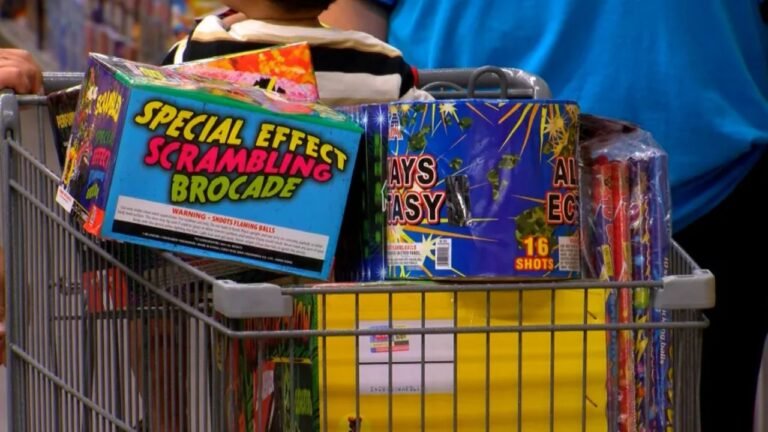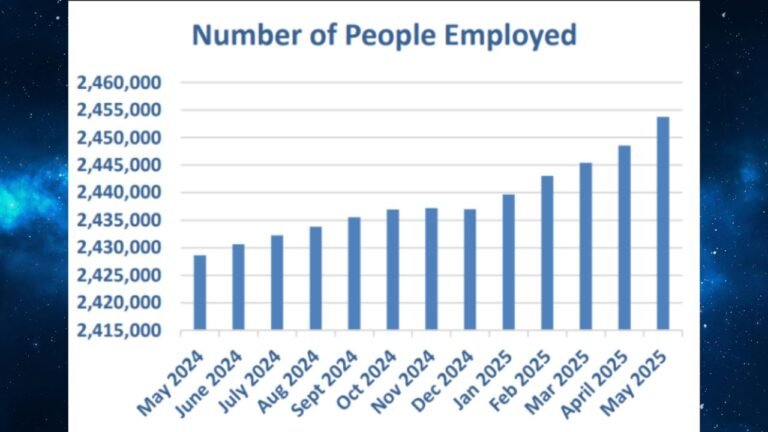South Carolina Students Improve in Reading, But Math Scores Still Lag Behind
COLUMBIA, S.C. — South Carolina students are showing steady gains in reading and writing, but math achievement continues to trail, according to the latest SC Ready exam results released by the Department of Education.
Progress in English Language Arts
The new scores, based on testing from the 2024–2025 school year, show that nearly 60% of students in grades three through eight are now reading and writing at or above grade level, compared to about 53% last year.
At least half of all students across each grade level met or exceeded expectations in English Language Arts.
State Superintendent of Education Ellen Weaver praised the improvement, saying:
“The results that we are here talking about today, especially in literacy, is one small step for every individual student in this state, and one giant leap forward for our entire state on this journey.”
The state has set a broader goal of reaching 75% proficiency in all subjects.
Math Remains a Challenge
Math continues to lag behind reading. Only 44% of students statewide met grade-level expectations in math — a slight increase from last year. Among middle schoolers in grades six through eight, fewer than four in ten students achieved grade-level proficiency.
Weaver acknowledged the challenge, noting that the problem extends beyond state lines:
“We are really struggling in math as a state, and not just here in South Carolina. This is something that is happening across the country, and so we’ve got to figure out how to address that.”
District Success Stories
Some districts bucked the trend, showing notable improvements. The Kershaw County School District improved in 13 out of 14 categories and made significant progress in math, including End of Course Exam results for Algebra 1.
Daniel Matthews, the district’s chief academic officer, said aligning lessons with state standards and focusing on struggling subgroups were key:
“We focus on our subgroups — whether that’s a multilingual student, special education student, or a student in poverty — and scaffold interventions for them. The rising tide raises all boats, so we want to be that tide that lifts every student.”
Underserved Groups Show Gains
The results also highlighted progress among historically underserved groups. Students in poverty saw improvements across all grade levels in English, while students with disabilities also showed measurable increases in proficiency.
While reading performance is climbing, educators and state leaders agree that math remains the state’s biggest challenge. The Department of Education is expected to explore new strategies in the coming year to close the gap and ensure students are equally prepared across core subjects.
What do you think South Carolina schools should prioritize to help students succeed in math? Share your thoughts with us at SaludaStandard-Sentinel.com.







